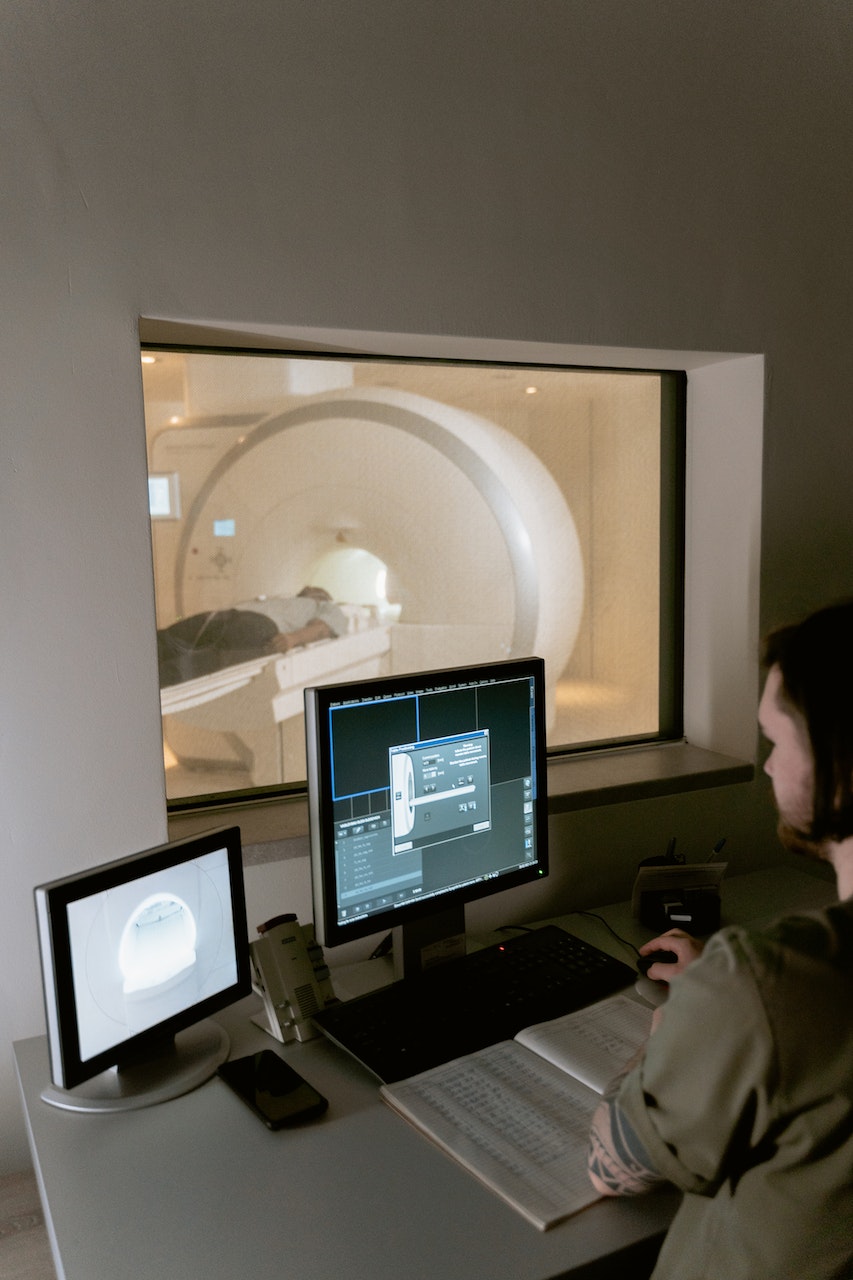 Often, where a dependent of a deceased visits a solicitor to discuss a potential claim for damages, they may ask about claiming damages for the grief and stress they have suffered following the death. Shock or grief alone is not sufficient to make a claim. However, that is not to say that a claim cannot be considered where actual recognised psychiatric injury has been suffered.
Often, where a dependent of a deceased visits a solicitor to discuss a potential claim for damages, they may ask about claiming damages for the grief and stress they have suffered following the death. Shock or grief alone is not sufficient to make a claim. However, that is not to say that a claim cannot be considered where actual recognised psychiatric injury has been suffered.
Psychiatric injury can be difficult to prove and in order to bring a claim the claimant must have:
1) Suffered a recognised psychiatric illness.
2) Brought the action within one of the recognised categories for a claim
So what are the conditions required for the claimant to fall in to a category where they can make a claim?
The court distinguishes between primary and secondary victims.
A primary victim would be a person that the defendant would reasonably foresee that their conduct might cause that person to anticipate physical harm to the claimant. A secondary victim would be someone who could not anticipate physical injury following the conduct of the defendant.
If the person is considered a primary victim then it is likely that their claim will succeed where liability can be established. However secondary victims have a further test to pass. This is the test of proximity.
Proximity is a complicated topic and involves the claimant being close to the deceased in relationship and also in time and space to when the accident occurred. In terms of proximity of relationship, this means that a parent, sibling or partner might be deemed proximate, but not, for example, a room-mate or close friend. In terms of proximity of time and space to the accident, this means the claimant has to be at the scene or aftermath of the event.
An example of this would be the case of Tranmore v TE Scudder Limited where a father learned of the collapse of a building his son was working in an hour and half after the accident and arrived 2 hours after the accident. He watched for a further 2 hours and wasn’t allowed to enter before being told his son was killed instantly in the accident. The court decided that as the father hadn’t seen the accident, witnessed his son die or seen the extreme danger to his son, and then had not arrived at the scene for 2 hours, he was not sufficiently proximate in time and space to the incident and so couldn’t claim.

 Often, where a dependent of a deceased visits a solicitor to discuss a potential claim for damages, they may ask about claiming damages for the grief and stress they have suffered following the death. Shock or grief alone is not sufficient to make a claim. However, that is not to say that a claim cannot be considered where actual recognised psychiatric injury has been suffered.
Often, where a dependent of a deceased visits a solicitor to discuss a potential claim for damages, they may ask about claiming damages for the grief and stress they have suffered following the death. Shock or grief alone is not sufficient to make a claim. However, that is not to say that a claim cannot be considered where actual recognised psychiatric injury has been suffered.









